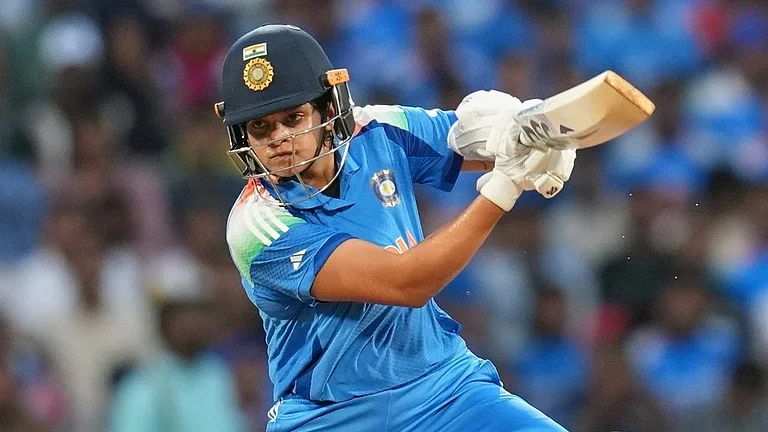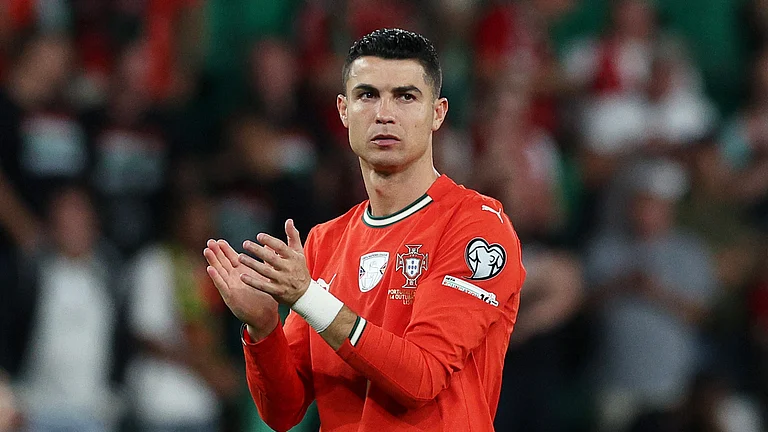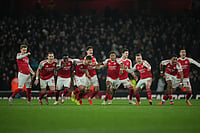The beautiful game is changing, and not just on the scoreboard. Technology is playing a bigger role in football than ever before. At the recent FIFA Club World Cup, fans witnessed how innovation is shaping the future of the sport. From smarter refereeing tools to better player tracking, the 2025 edition of the tournament showcased four key technologies that could soon become the norm in global football.
Here is a closer look at the four major tech innovations FIFA introduced at the Club World Cup and what they mean for the game.
1. Semi-Automated Offside Technology
Offside decisions have long been a topic of debate in football. While VAR (Video Assistant Referee) has helped reduce errors, the process still takes time and often disrupts the flow of the game. That is where semi-automated offside technology comes in.
This new system uses artificial intelligence and multiple cameras installed under the stadium roof to track every player’s movement in real-time. Each player’s limbs are tracked, and the data is used to instantly determine if a player is offside the moment the ball is played. The referee receives a visual alert within seconds, along with a 3D animation that is also shown to fans inside the stadium.
At the Club World Cup, this system proved both fast and accurate. Decisions that used to take over a minute were now completed in 10 to 15 seconds. This not only saved time but also improved the flow of the match.
2. Connected Ball Technology
Another first at the Club World Cup was the use of connected ball technology. In simple terms, each match ball had a sensor placed inside it. This sensor could track the exact point of contact between the ball and a player. It helped match officials make better decisions, especially in situations involving handballs, offsides and unclear deflections.
The connected ball sends data to the VAR room in real-time. This allows referees to clearly see when and how a player made contact with the ball. In one match, it helped decide whether a goal should stand by confirming that the scorer did not handle the ball during a fast-moving play.
Besides helping officials, this data can also be used by coaches and analysts to study the game in more detail. It adds a new layer of understanding to how the game is played.
3. Wearable Tech and Player Monitoring
In the past, player performance was measured using stats like goals, passes and tackles. Now, thanks to wearable technology, coaches can get deeper insights into each player’s physical condition.
At the Club World Cup, teams were allowed to use smart vests and GPS tracking devices on players during matches. These devices collected data on speed, distance covered, heart rate and fatigue levels. With this information, coaches could make better decisions about substitutions and training.
For example, if a player showed signs of exhaustion or a drop in speed, the coaching staff could act before the player risked injury. This helps protect players’ health and also keeps the team performing at its best.
FIFA allowed this technology under controlled conditions to test how it could be used more widely in the future. It could soon become a standard part of football at the top level.
4. Fan Engagement Through Augmented Reality
Football fans today want more than just watching the game. They want to feel involved, and FIFA responded by introducing a new augmented reality (AR) experience at the Club World Cup.
Through a mobile app, fans in the stadium could access AR features that displayed live stats, player heatmaps and tactical formations by simply pointing their phones at the pitch. This made watching the game more interactive and informative.
Some stadiums even had AR-powered screens where fans could see replays, offside lines and goal probability in real-time. It was like getting a coach’s view of the game while sitting in the stands.
This new approach was aimed at attracting younger fans who are used to digital content and real-time updates. It made the overall experience more exciting and helped bridge the gap between the live and digital worlds.
Why This Matters
FIFA’s tech push at the Club World Cup is not just about flashy tools. It is about making football fairer, safer and more engaging. Officiating is becoming more accurate. Players are being better protected. Fans are being brought closer to the action.
While some purists fear that too much technology might take away the human element of the game, most of these tools are designed to support referees and coaches, not replace them. The goal is to reduce errors and improve the overall experience for everyone involved.
FIFA has said that many of these innovations are being tested for wider use in future tournaments, including the FIFA World Cup and continental competitions. If the Club World Cup is any indication, the future of football will be shaped as much by data and sensors as by talent and tactics.
Looking Ahead
Football is evolving, and technology is now a key player on the pitch. What we saw at the Club World Cup is only the beginning. As FIFA continues to experiment and improve these tools, fans can expect a smarter and more connected version of the sport they love.
Whether it is a last-minute offside call or a thrilling piece of data shared in real time, technology is making sure that football keeps pace with the modern world. The beautiful game is becoming smarter, and that is something worth watching.



























